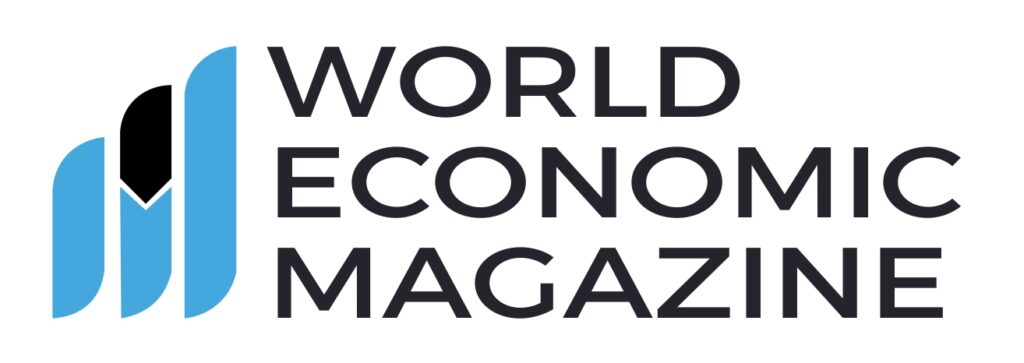
The IPO Process Explained: A Guide for Venture-Backed Companies
An initial public offering (IPO) is the moment a private company transitions to a publicly traded entity by offering new shares on the stock market. Beyond providing an opportunity for private investors to exit, an IPO enables companies to raise capital, accelerate growth, and enhance visibility in the marketplace. However, the path to going public is complex, costly, and highly regulated.
Recent examples of companies that have gone public include StubHub, Reddit, Ibotta, and Astera Labs. While an initial public offering can unlock substantial benefits, some companies have opted for alternative routes like direct listings or SPAC mergers due to the challenges of traditional IPOs.
Why Companies Go Public
Companies pursue IPOs for several strategic reasons:
- Raise Capital for Growth: Selling shares to the public generates funding for business expansion, acquisitions, or new product development. This is often the primary motivator for most firms.
- Provide Liquidity for Investors: Venture capitalists and early investors often rely on IPOs to monetize their holdings. A public listing allows them to reallocate capital to new ventures.
- Attract and Retain Talent: Public companies can offer employee stock ownership plans, which help recruit top talent seeking both stability and financial upside.
- Increase Market Visibility and Credibility: Going public enhances a company’s profile, signaling stability and growth potential to customers, partners, and investors alike.
Steps in the IPO Process
The an initial public offering journey typically spans six to nine months, depending on market conditions and organizational readiness. Key phases include:
1. Pre-IPO Planning (6–12 months prior):
Companies prepare by developing a robust business plan, assembling advisors, and selecting underwriters. The IPO team often includes executives, investment bankers, lawyers, CPAs, and SEC experts.
2. An initial public offering Preparation (3–6 months prior):
This phase involves filing the registration statement with the SEC, conducting due diligence, and ensuring financial and legal compliance. Due diligence assesses risk factors and validates financial disclosures.
3. Marketing and the Roadshow (1–3 months prior):
The company engages potential investors via presentations, known as the initial public offering roadshow, to generate interest and gauge demand. Roadshows are increasingly conducted digitally for efficiency.
4. Initial public offering Pricing and Execution (IPO week):
Underwriters help determine the offering price using intrinsic and relative valuation methods, including discounted cash flow analysis, comparable company analysis, and precedent transaction analysis. Once priced, shares are sold to investors, and the company begins trading publicly.
IPO Readiness
To prepare for a successful initial public offering, companies should focus on:
- Building a compelling business case: Clearly communicate your unique value proposition, competitive advantages, and market potential.
- Establishing a growth and profitability track record: Demonstrate consistent performance and strong market positioning.
- Selecting experienced advisors: Underwriters and investment banks are pivotal, managing the IPO and ensuring regulatory compliance.
- Filing accurate documentation: Essential filings include the S-1 registration statement, Red Herring prospectus, engagement letters, and underwriting agreements.
Costs, Fees, and Alternatives
IPOs involve substantial costs, from underwriting fees (typically 5–8%) to legal, accounting, and marketing expenses. Companies may explore alternative routes:
- Direct Listing (DPO): Shares are sold directly on the exchange without underwriters or roadshows, reducing costs and avoiding lock-up periods.
- Special Purpose Acquisition Companies (SPACs): A SPAC raises capital through its own initial public offering to acquire a private company, taking it public with minimal additional expenses.
Notable IPOs
- Uber (2019): Raised $8.1B with a post-IPO valuation of $75.7B.
- Snap (2017): Raised $3.4B at a $19.7B valuation.
- Meta (2012): Raised $16B, valued at $81.2B post-IPO.
These initial public offerings highlight the significant capital that can be unlocked and the impact on company visibility and growth.
Conclusion
An IPO is both a milestone and a strategic tool for companies seeking capital, visibility, and liquidity. While the process is demanding and expensive, thorough planning, experienced advisors, and clear communication can position companies for a successful transition to public markets. For companies weighing alternatives, direct listings and SPAC mergers provide viable pathways to access public capital efficiently.






